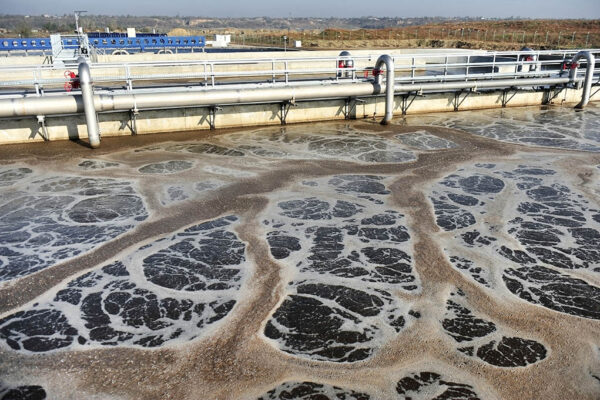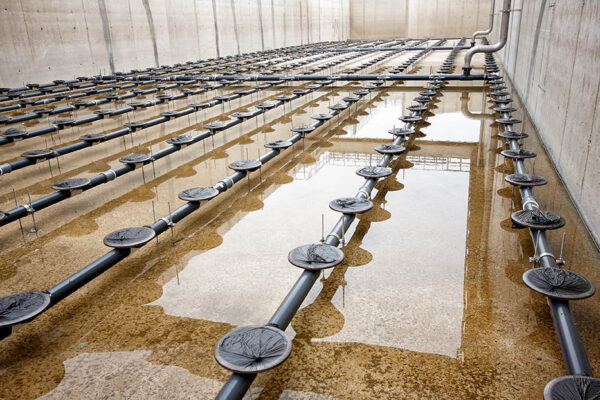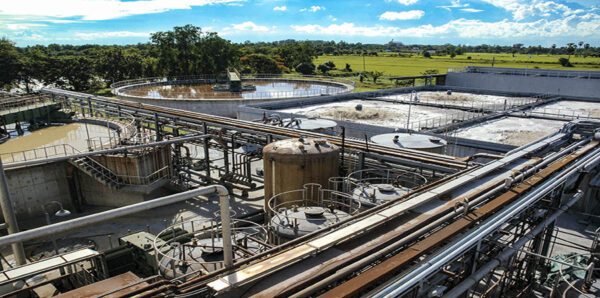
Mixing for Dissolved Air Flotation (DAF Systems)
Coagulation, flocculation and flotation systems Dynamix is often called on for its process experience in many industries because the mixer is at the heart of these processes. DAF systems are used across many industries with many unique requirements which Dynamix is familiar with. There really isn’t a one size fits all or a configuration template that works for all processes when it comes to DAF systems. Ideally, the Dissolved Air Flotation (DAF) process is used for thickening of combined primary and secondary sludge removing low-density materials such as microorganisms (algae, cysts), natural organic matter (NOM) and floc in low turbidity, soft waters (typically using coagulation and flocculation). Typically, DAF systems are a faster and more reliable alternative to sedimentation in the clarification


